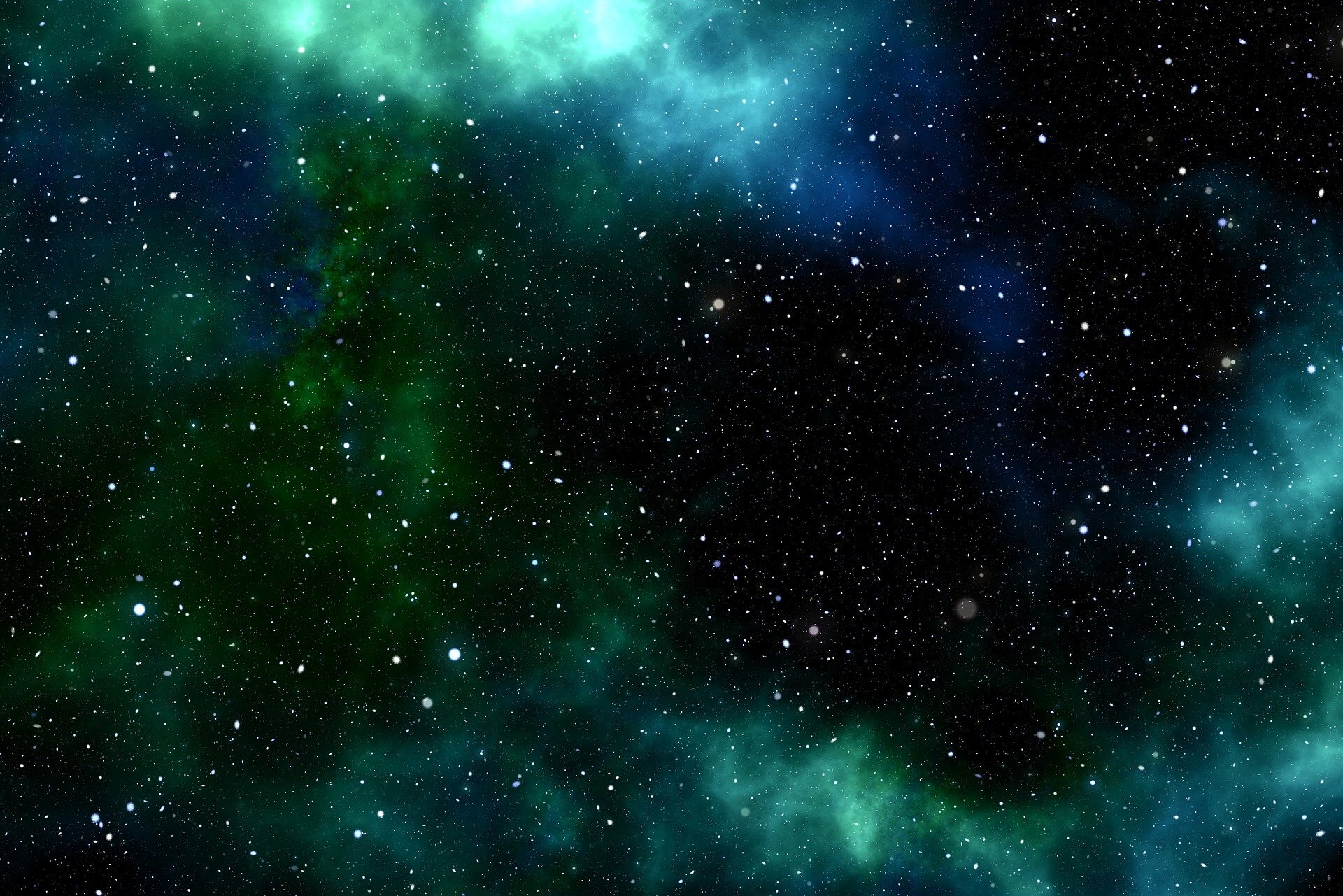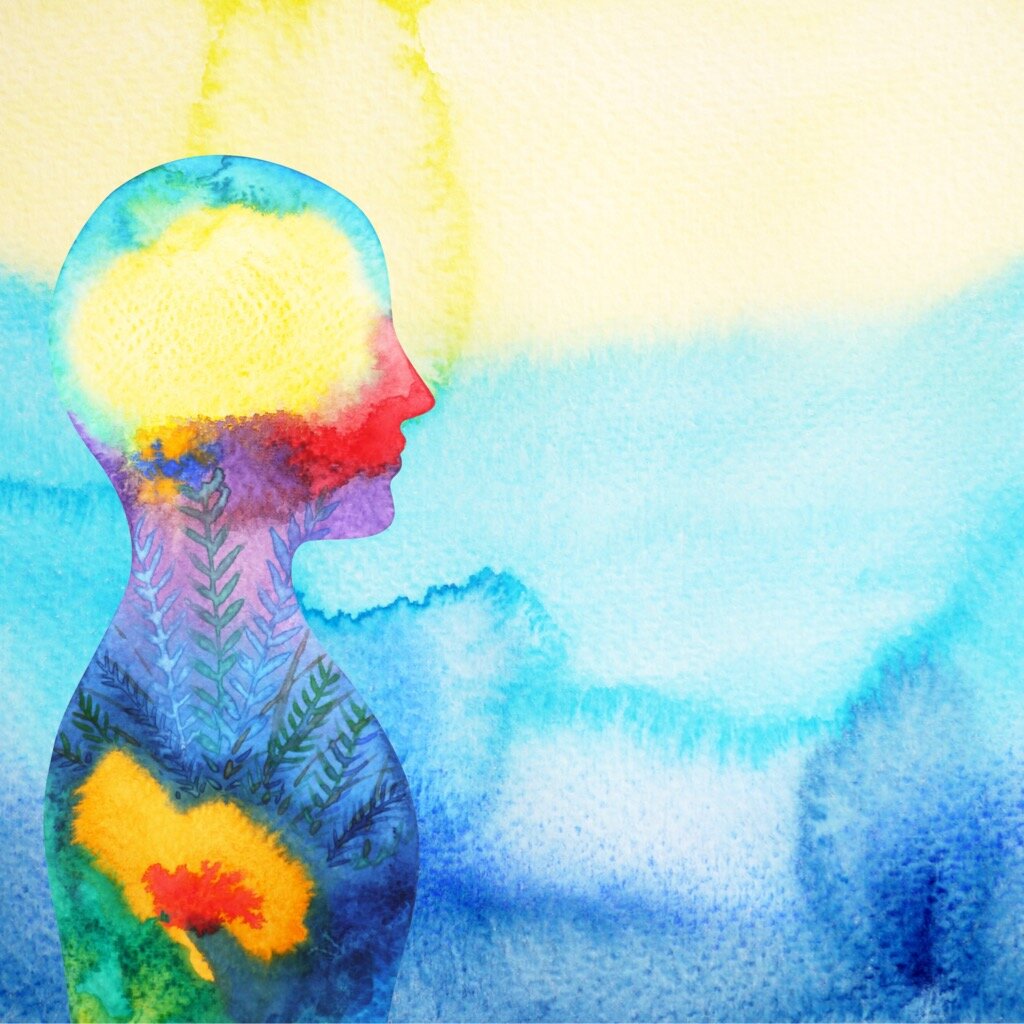
Vijñapti Philosophy
vijñapti / noun. (Sanskrit: mind, perception, or consciousness)
Ancient Sanskrit term denoting consciousness or mind


Welcome to Vijñapti
— an integrative exploration into the nature of the human mind. On our website, you can find content guided by some of the following questions:
Questions of Interest at Vijñapti
What is the nature of human consciousness?
What are some of the various philosophies, sciences, and other methods of inquiry that can be utilized in trying to understand the nature of the mind?
What are the benefits and limitations of empirical and/ or scientific approaches to understanding the mind?
What are the benefits and limitations of philosophical and/ or esoteric approaches to understanding the mind?
What role does the physical body play in enabling consciousness? How can utilizing and/ or training the body lead to the alteration and attenuation of consciousness?
What fruitful discussions concerning consciousness can emerge at the nexus of scientific, philosophical, and spiritual traditions? What are the benefits of understanding the mind through a dynamic, systematic integration of approaches?
What are some practical methods of self-exploration and personal development that people can utilize in order to gain a deeper understanding of their own minds? How can people utilize this understanding to further explore their relationships with other humans, societies, and relations between cultures?
“The mind that opens to a new idea never returns to its original size.”


-

Our Philosophy
In 21st-century modern Western society it is easy to place great emphasis on empirical science and quantitative methods of investigation in our attempts to understand the nature of reality and mind. Since the dawn of the scientific revolution, these methods have proven unequivocally beneficial in the creation of new technologies, as well as providing a fuller and more accurate understanding of the observable universe. Modern technologies have significantly improved the quality and longevity of human life in extraordinary ways that are easy to take for granted. These include advances in modern medicine, engineering, and computer science; all of which directly afford their utility to the inherent theoretical frameworks of the scientific edifice.
With respect to human consciousness, science has provided incredible insights into the biological mechanisms of the human mind through neuroscience and brain-imaging technologies. Yet contemporary science is not without its own limitations. Nor are modern Western science and quantitative research the only way that we can we can come to understand the nature of our minds and the world in which we find ourselves situated.
-

Our Resolution
Our world is vast and its history ancient. So too is our knowledge, as broad and as varied as our cultures and the individuals that collectively form those cultures over generations and across societies. There are many, many systems of knowledge that exist outside of contemporary science and western formal logic. At Vijñapti, our goal is to explore these various systems of knowledge in an effort to create a fuller, more integrative understanding of the nature of human consciousness. By drawing upon a number of traditions ranging from Esoteric Buddhism, Western Mysticism, and Amazonian Shamanism, to disciplines such as Clinical Psychology, Epigenetics and modern Neuroscience, we strive to elucidate the nature of the mind by exploring various theories and practices that may reveal a broader, fuller landscape of of the human mind.
Within this, we emphasize the centrality of direct human experience as a necessary element in any serious discussion of consciousness.
Although our work at Vijñapti is interested in a variety of topics concerning the nature of consciousness, our primary focus – as well as our primary interest in investigating the nature of the mind – is the exploration of altered-states of consciousness.


-

Altered States of Consciousness
What are altered states of consciousness? This inquiry is inherently difficult to approach due to the nature of the question posed; in order to define altered-states of consciousness in any meaningful way, we must first establish a ‘baseline’ for ‘normal consciousness’, from which altered-states can be said to deviate from.
These deviations from so-called ‘normal consciousness’ may then be investigated through a variety of methods – including phenomenological approaches, cognitive science, clinical psychological models, and many other methods which will be explored in future discussions.
This initial task of defining ‘baseline consciousness' is difficult for a number of reasons. These include discrepancies between research-based approaches, as well as the intrinsic difficulty of nominating any particular mental state – or types of states – as the ‘normative’ standard by which all other frameworks should be measured. Simply put, what is considered normal for one individual, culture, or society may be considered altogether abnormal or extraordinary for others.
Any meaningful approach to understanding the cognitive states that these substances produce would need to establish a standard definition for a sort of “baseline” consciousness.
-

Our Understanding
At Vijñapti, our understanding of ‘baseline consciousness’ may be generally understood in the following way:
‘Normal’ mental states are those which are assumed most often throughout waking (non-sleep/ comatose) consciousness throughout an individual’s daily life — taken in the aggregate of daily conscious experiences
Of course, this formulation is entirely dependent on cultural-context, and thus “essentially incontestable”, to borrow from moral philosophical tradition.
At the same time, this preliminary definition provides a functional working consciousness, from which to begin investigating further as we strive to explore the vast gaps in knowledge where current modern-Western understanding of cognition/ mind has not yet fully penetrated.
This definition is fairly consistent with modern neuroscience data concerning one empirically recognized brain-network known to as the Default-Mode Network, or DMN. As the name suggests, the Default-Mode Network is defined by what may be regarded as the ‘default’ activity of the brain (which is, once again, entirely cultural-context dependent), analogous to the metaphor of a computer and its ‘default’ software programming.
Broadly speaking, our understanding of ‘normal/ baseline consciousness’ can be thought of in similar terms. At Vijñapti, it is our utmost endeavor to explore, compare, and understand the various types of altered-states of mind that diverge from this baseline of human consciousness.
Of these altered-states, one area which is of considerable interest for our work in exploring the nature of mind is a category of conscious experience known as mystical experience.


“mystical experience — typically described as the dissolution of one’s ego followed by a sense of merging with nature or the universe.”
What is a Mystical Experience?
Although mystical experiences are inherently rare occurrences within the scope of human consciousness, they do appear to reveal much about the hidden or otherwise neglected dimensions of human consciousness that exist outside of every-day ‘rational consciousness’.
According to early 20th century psychologist William James, “Our normal waking consciousness, rational consciousness as we call it, is but one special type of consciousness, whilst all about it parted from it by the filmiest of screens, there lie potential forms of consciousness entirely different.”
In his own research concerning mystical experiences, James maintains that there are 4 primary qualities that mark these kinds of events; Ineffability — the quality of being in-apprehensible through words or language, Noetic Quality — the quality of conferring insight and/ or knowledge through direct experience, Transiency — the quality of being short-lived and non-sustaining over longer periods of time, and Passivity — the deeply profound sense of acceptance or surrender (or the feeling that the inherent essence of the experience lies beyond the control of the individual).
In recent decades, modern psychology has demonstrated growing interest in contemporary methods of research concerning the nature of mystical experiences. In a psychological questionnaire known as the Pahnke-Richards Mystical Experience Questionnaire, researchers have developed a set of questions “which provides scale scores for each of seven domains of mystical experiences” (Griffiths, 2006). These questions can be divided into 7 primary qualities which mark the core essence of mystical experiences, and include the following:
Internal Unity
External Unity
Transcendence of Time and Space
Ineffability and Paradoxicality
Sense of Sacredness
Noetic Quality
Deeply-felt Positive Mood


-
What is the basis for Mystical Experience?
Mystical Experiences can may be occasioned by a wide variety of sources, including but not limited to:
* Certain forms of Meditation and Yoga practices
* Psychedelics substances such as DMT, LSD, and Psilocybin
* Intense states of flow experience; as researched and outlined by Dr. Mihaly Csikszentmihalyi
* Certain forms of breath-work; e.g. Holotropic Breathing techniques
* Near-death experiences
As it turns out, there is no single factor which can fully account for the precipitation of Mystical Experiences. Indeed, such experiences may be brought on by a wide array of religious ritual forms, physical practices, and psychoactive drugs.
At Vijñapti, it is our mission to provide readers with a wide array of knowledge that draws on all of these domains in an effort to understand the human mind more fully and holistically.

-
How can we investigate Altered-states of Consciousness?
At Vijñapti, we make it our mission investigate a wide array of subjects stemming from religious, philosophical, and scientific traditions, taking a look at what academic research has to say with respect to the nature of human consciousness.
Our mission is to investigate the nature of human consciousness through what we regard as the ‘Three C’s Approach’, which consists of the following:
* An approach which integrates methods of inquiry and investigation from both the Sciences and Humanities in Academic research; i.e. the application of Consilience
* The application of Academic, Philosophical, and Religious traditions drawn from a globally interactive database; i.e. the application of Cosmopolitanism
* The cultivation of meaningful and insightful Conversation between individuals and communities from various backgrounds, disciplines, and traditions
* A primary emphasis on altered-states of consciousness and mystical experiences as they pertain to our understanding of the human mind
For more background on our approach and the scope of our work, please see Our Approach — linked below.


How can Altered-states/ Mystical Experiences help us to understand Consciousness?
Of course, Mystical Experience is not the only state of consciousness that humans possess. As mentioned previously, such experiences are inherently rare, and there are many, many other mental states that predominate human consciousness; including those dedicated to problem solving, memory retrieval, regulation of the nervous system, and other generally non-mystical functions and/ or mechanisms.
What Mystical states provide us, then, is an emphasis on experience — a domain of interest that has been over-shadowed by physical materialist, reductionist inquiry for far too long in modern academic research.
Such methods of investigation are unequivocally useful, as described in our ‘Conciliatory Approach’ in our mission page. Yet they cannot be undertaken at the expense of investigating human experience if one is to gain a holistic understanding of the human mind, as well as its fullest potentials and capabilities.
By focusing primarily (though not exclusively) on the domain of altered-states of consciousness + mystical experience, as well as investigating how such experiences are enabled, we can begin to give due attention to a dimension of human existence which is often neglected in favor of hyper-rationalistic, formal logical, and purely empirical reasoning.
In a word, the investigation of altered-states of consciousness as well as the nature of mystical experiences allows us to draw a richer, fuller map of the human mind through the exploration of the nature of human experience.
Want to learn more? Check out the Archives to discover weekly articles on a wide variety of engaging subjects!



